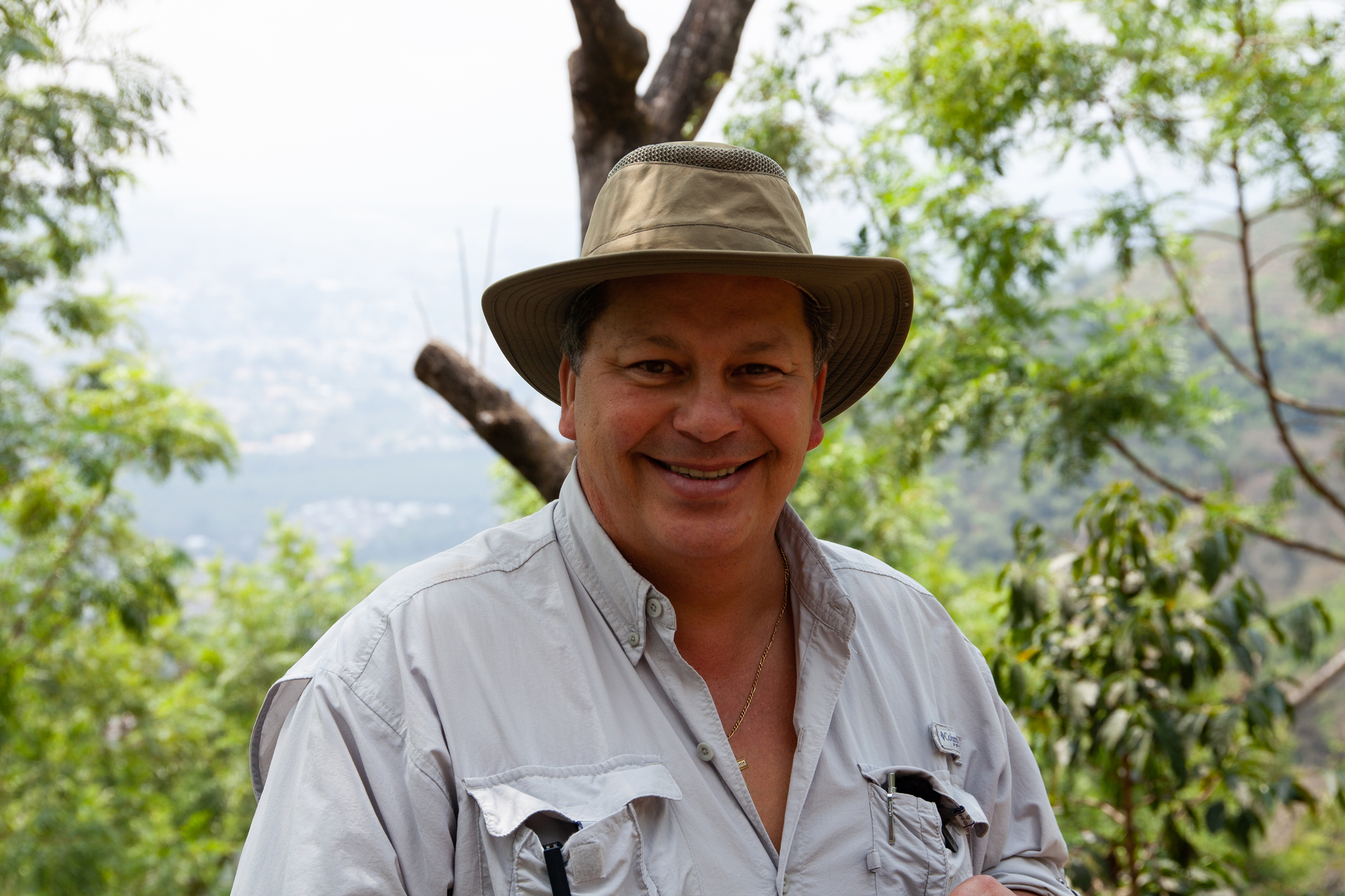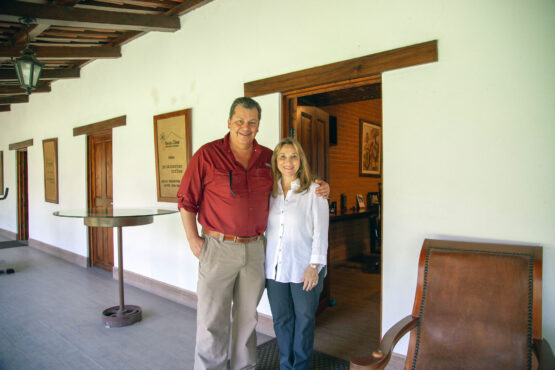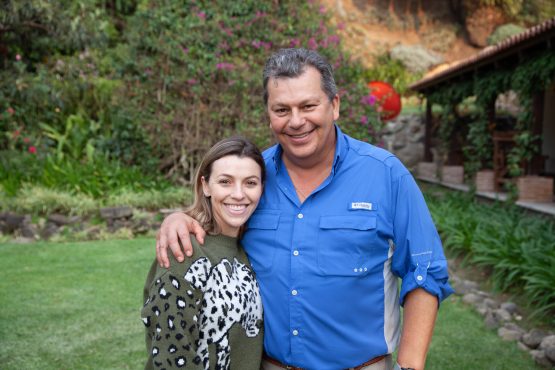A Q&A with Ricardo
Ricardo is one of our favourite people in coffee. He is incredibly passionate, knowledgeable and driven and sets his standards impeccably high. He has an infectious laugh, a warm and inclusive approach to building and managing his team and farms, and produces exceptional coffee.
We have been buying coffee from Ricardo since 2009 from several of his farms including Santa Clara and Puerta Verde. Here is a little Q&A with Ricardo, so you can get to know more about him in his own words.
MCM: How did you come to own Santa Clara?
Ricardo: My great-grandfather bought the farm in 1947. My grandfather started working the farm in 1949 until 1959. My dad then took over until 1972 when he died. My uncle worked the farm until August of 1988, when my grandmother gave it to me to take over.
After college, I started working in coffee, and it’s really what I’ve been doing since then. When I took over, the farm had 25 hectares planted, just the area near the house. We started planting all the mountains, creating the roads, putting in the irrigation system, and building the mill and the office. I’ve been lucky to be able to do a lot of things on the farm.
What gets you out of bed in the morning? What gets you excited and motivated?
I love coffee: the production, the milling, the selling, as well as all the challenges that you have every year, because in the coffee business no year is the same as any other, there is always change.
What’s a typical day like for you?
I wake up early and do some spinning, jajajaja (that is Ricardo laughing!). Then I drive to the farm, and I go around all the works that we’re doing with the foreman and other members of the supervision team. We have to be very careful with every detail, because labor is involved in every part of the process. During the harvest time, I have to spend a lot of time in the mill, checking the processing, the fermentation, the washing and drying, planning shipments and buyers’ visits, and very, very, very importantly, overseeing the picking of the cherries.
“Quality comes directly from the plantation, so the right cherries are the most important thing. I drive back to my home around 7 to 8 pm. During harvest, I spend a lot of nights at the farm.”
What do you think the secret is to Santa Clara’s quality and consistency?
I think what helps us to be consistent and have very good quality every year is that we work as a team. Every worker performs their responsibilities and is very involved with the farm. I am always there, and I support them to do their work right. We also take care that the nutrition, irrigation, shade regulation, plague control, etc., is always the best possible for the coffee plants. And we maintain and invest in the mill to help improve its processing.
How do you drink your coffee at home?
I drink coffee from a Cuisinart dripping machine that grinds the coffee right before the brewing. That is the old way to drink coffee in Guatemala. Since my trip to Melbourne, I’ve been using Pour Over and the Aeropress. I love both.
“We are always talking and thinking of what can we do better to produce more, and better quality. For me it’s a pleasure to be in the middle of a plantation. It keeps me thinking of the future, because coffee is long term.”




